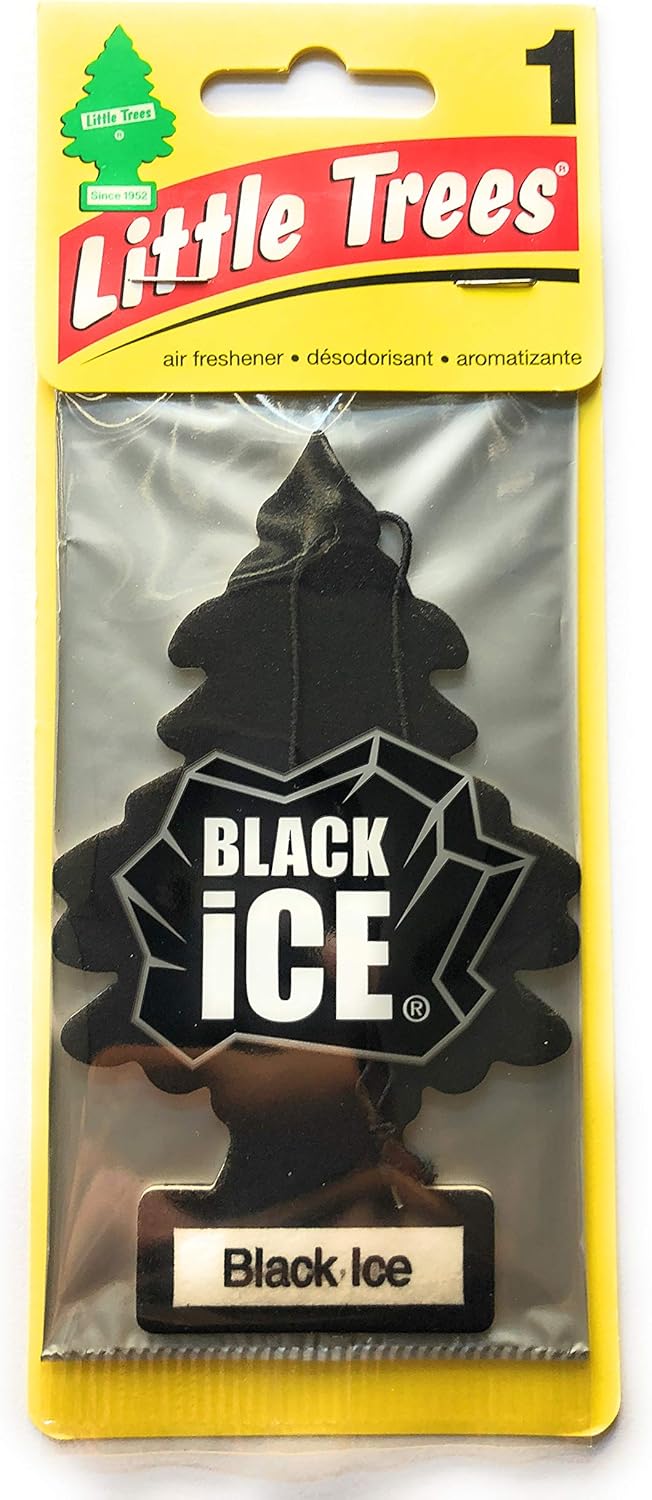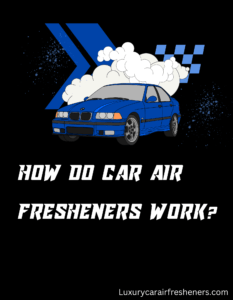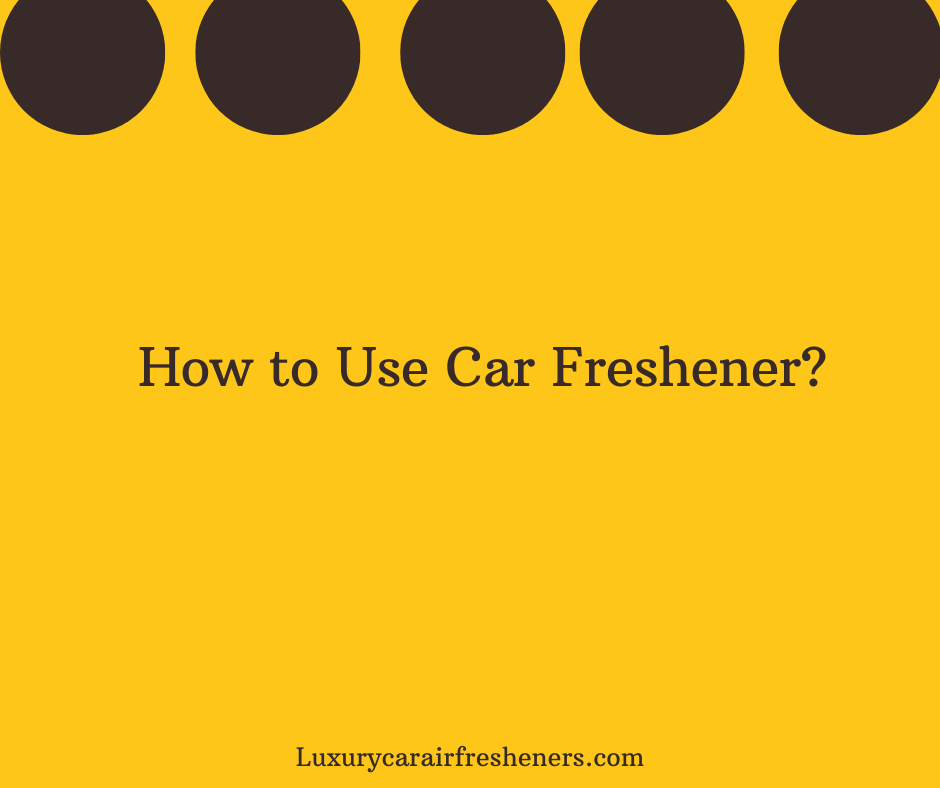How Car Air Fresheners Work: The Science Behind Scent
We hang them from our mirrors, clip them to our vents, and tuck them under our seats. Car air fresheners are a simple, ubiquitous part of modern car culture in the U.S. We use them to combat the ghosts of last week’s takeout, the lingering smell of a wet dog, or simply to infuse our personal space with a pleasant aroma. But behind that waft of “Ocean Breeze” or “Vanilla Bean” is a fascinating bit of science. How does that little device actually work to change what we smell? 💨
The answer is more complex than you might think. Car air fresheners don’t just “add” a good smell; they interact with the air and our own sense of smell in a few distinct ways. Some are designed to simply overpower bad odors with a stronger, more pleasant one. Others employ sophisticated chemistry to trap and neutralize the offending molecules. Understanding these different odor-eliminating processes is key to choosing the right product for your needs.
This in-depth guide will explore the science of how car air fresheners work. We’ll dive into the basic principles of scent, break down the different mechanisms of action—from simple masking to advanced chemical neutralization—and help you understand what’s really happening on a molecular level when you unwrap your favorite car scent.
Key Takeaways: The Science of Smell 👃
- Our sense of smell works by detecting volatile organic compounds (VOCs) in the air. Bad odors are simply VOCs we find unpleasant.
- Car air fresheners work in three main ways: **Odor Masking**, **Odor Elimination (Neutralization)**, and **Odor Elimination (Adsorption)**.
- Masking uses a strong, pleasant fragrance to overpower the bad smell. Most basic fresheners work this way.
- Neutralization uses active chemical ingredients (like cyclodextrin) to trap and deactivate odor molecules, truly removing them from the air.
- Adsorption uses porous materials like activated charcoal to physically trap and hold odor molecules on their surface.
First, A Whiff of Science: How We Perceive Odors
Before we can understand how air fresheners work, we need a basic understanding of how we smell. Everything we smell, from coffee to gasoline to a pine forest, is the result of tiny, airborne molecules called **Volatile Organic Compounds (VOCs)**. These molecules are “volatile” because they evaporate easily at room temperature, allowing them to travel through the air and into our noses. When these VOCs enter our nasal passage, they bind to specialized olfactory receptors, which then send a signal to our brain. Our brain interprets this signal as a specific scent.
An unpleasant odor, like the smell of old gym shoes, is simply a collection of specific VOCs (in this case, things like isovaleric acid) that our brain has learned to interpret as “bad.” Therefore, to combat a bad odor, an air freshener has to interfere with this process in some way.
Mechanism 1: Odor Masking (The Overpowering Strategy)
This is the oldest and most common method. The principle is simple: if you can’t get rid of a bad smell, cover it up with a smell that is stronger and more pleasant. A masking air freshener releases a high concentration of its own pleasant VOCs into the air. These fragrance molecules compete with the malodorous molecules for the receptors in your nose. Because the “good” scent is so much more concentrated, it wins the battle for the receptors, and it’s all your brain perceives.
Think of odor masking like turning up the radio to drown out the sound of a noisy neighbor. You haven’t actually stopped the noise, but you can’t hear it anymore because your music is louder.
- How it works: Evaporation. A fragrance oil mixture is soaked into a porous material (like paper or gel). As the solvent in the mixture evaporates, it carries the fragrance molecules into the air.
- Examples: Most standard hanging cardboard fresheners and basic gel cans.
- Pros: Inexpensive, huge variety of scents, effective for mild odors.
- Cons: It doesn’t actually eliminate the bad odor. It can sometimes mix with the bad smell to create a new, unpleasant combination. The effectiveness fades as the fragrance oil evaporates, which affects how long the fresheners last.
Mechanism 2: Odor Elimination via Neutralization (The Chemical Trap)
This is a much more advanced approach. Instead of just covering up a bad smell, these products are designed to capture and deactivate the odor-causing molecules, truly removing them from the air. The most famous technology in this category is **cyclodextrin**, a compound used in products like Febreze.
The Magic of Cyclodextrin
Cyclodextrin is a large, ring-shaped molecule made from starch (it looks like a tiny donut on a microscopic level). The inside of this “donut” is hydrophobic (it repels water), while the outside is hydrophilic (it attracts water). Most bad odor molecules (like the fatty acids from food smells or the compounds in smoke) are also hydrophobic. When a product containing cyclodextrin is sprayed, the odor molecules are drawn into the center of the cyclodextrin “donut,” where they become trapped. Once trapped, the molecule is no longer volatile—it can’t float through the air and reach your nose. The smell is effectively gone, not just covered up. This is why these are often the best car air fresheners for smokers.
- How it works: Chemical encapsulation. Active ingredients form a bond with or trap malodorous VOCs, changing their chemical structure so they are no longer perceived as a smell.
- Examples: Sprays like Febreze Auto, some specialized vent clips and gels.
- Pros: Truly eliminates odors instead of just masking them. Highly effective on tough smells like smoke, pets, and food.
- Cons: Can be more expensive. Typically comes in a spray form, which isn’t a continuous-release product.
Mechanism 3: Odor Elimination via Adsorption (The Physical Trap)
This method uses a physical process, not a chemical one, to remove odors. It relies on materials with an extremely high surface area and a porous structure to trap and hold odor molecules.
The Power of Activated Charcoal
The champion of adsorption is **activated charcoal** (or activated carbon). Charcoal is “activated” through a process that creates millions of tiny pores on its surface. This gives it an incredibly large surface area—a single gram of activated charcoal can have the surface area of a football field. When air passes over the charcoal, odor-causing VOCs get physically stuck in these tiny pores and are removed from circulation. It acts like a molecular sponge.
- How it works: Adsorption. Odor molecules physically stick to the surface of a highly porous material.
- Examples: Bamboo charcoal bags (like Moso Bags), some cabin air filters.
- Pros: Completely natural and fragrance-free. It removes odors instead of masking them. The bags are often reusable (they can be “recharged” by placing them in sunlight). Excellent for people with sensitivities to fragrances.
- Cons: It doesn’t add a pleasant scent. It works passively and may be slower to act than a chemical neutralizer or a masking agent.
| Mechanism | How It Works | Analogy | Best For |
|---|---|---|---|
| Masking | Overpowers bad odor with a stronger, pleasant scent. | Turning up the radio to drown out noise. | Mild, general stuffiness; adding a pleasant fragrance. |
| Neutralization | Active ingredients chemically trap and deactivate odor molecules. | Putting the noise source in a soundproof box. | Tough, persistent odors like smoke, pets, or spoiled food. |
| Adsorption | Porous materials physically trap and hold odor molecules. | A sponge soaking up a spill. | Removing odors without adding any scent; for sensitive individuals. |
Find the Right Odor Solution for Your Car
Now that you understand the science, you can choose from the best car air fresheners based on how they work. Here are some top-rated examples of each type, available on Amazon.

Little Trees (Masking)
The classic hanging air freshener. It works primarily by odor masking, releasing its popular fragrance from a porous paper base to cover up other smells.
View on Amazon
Febreze Car Air Freshener Spray (Neutralization)
This spray uses Febreze’s famous cyclodextrin technology to trap and neutralize odor molecules, truly eliminating them rather than just covering them up.
View on Amazon
PURGGO Bamboo Charcoal Air Purifier (Adsorption)
A perfect example of an adsorptive freshener. This fragrance-free bag contains activated bamboo charcoal that naturally absorbs and traps odors from the air.
View on AmazonFrequently Asked Questions (FAQs)
Q1: Why do I stop smelling my car air freshener after a few days?
A: This is a phenomenon called **olfactory fatigue** or **nose blindness**. Your olfactory system is designed to detect *changes* in your environment. When you are exposed to a constant scent, your brain starts to filter it out as “normal” and no longer registers it. The freshener is still working, but you’ve simply gotten used to it. You’ll likely smell it again after being away from your car for a while.
Q2: Are odor eliminators better than odor maskers?
A: For tough or persistent odors, yes. An odor eliminator (either a neutralizer or an adsorber) is a more effective long-term solution because it removes the source of the bad smell. A masker is a good temporary fix or is best for situations where you simply want to add a pleasant fragrance to an already neutral-smelling car.
Q3: Do car air fresheners work on smoke smell?
A: Yes, but some are much more effective than others. A simple masking freshener will struggle with the persistent molecules in smoke. An **odor-neutralizing** spray with cyclodextrin or an **adsorptive** charcoal bag is a much better choice for tackling smoke odors effectively.
Q4: Can I combine different types of air fresheners?
A: Absolutely! This is often the best strategy. You can use a passive charcoal bag (adsorption) to continuously absorb any lingering background odors, and then use a pleasant-smelling vent clip (masking) to add the fragrance you actually want to smell. This combination ensures you are both eliminating bad smells and adding a good one.


